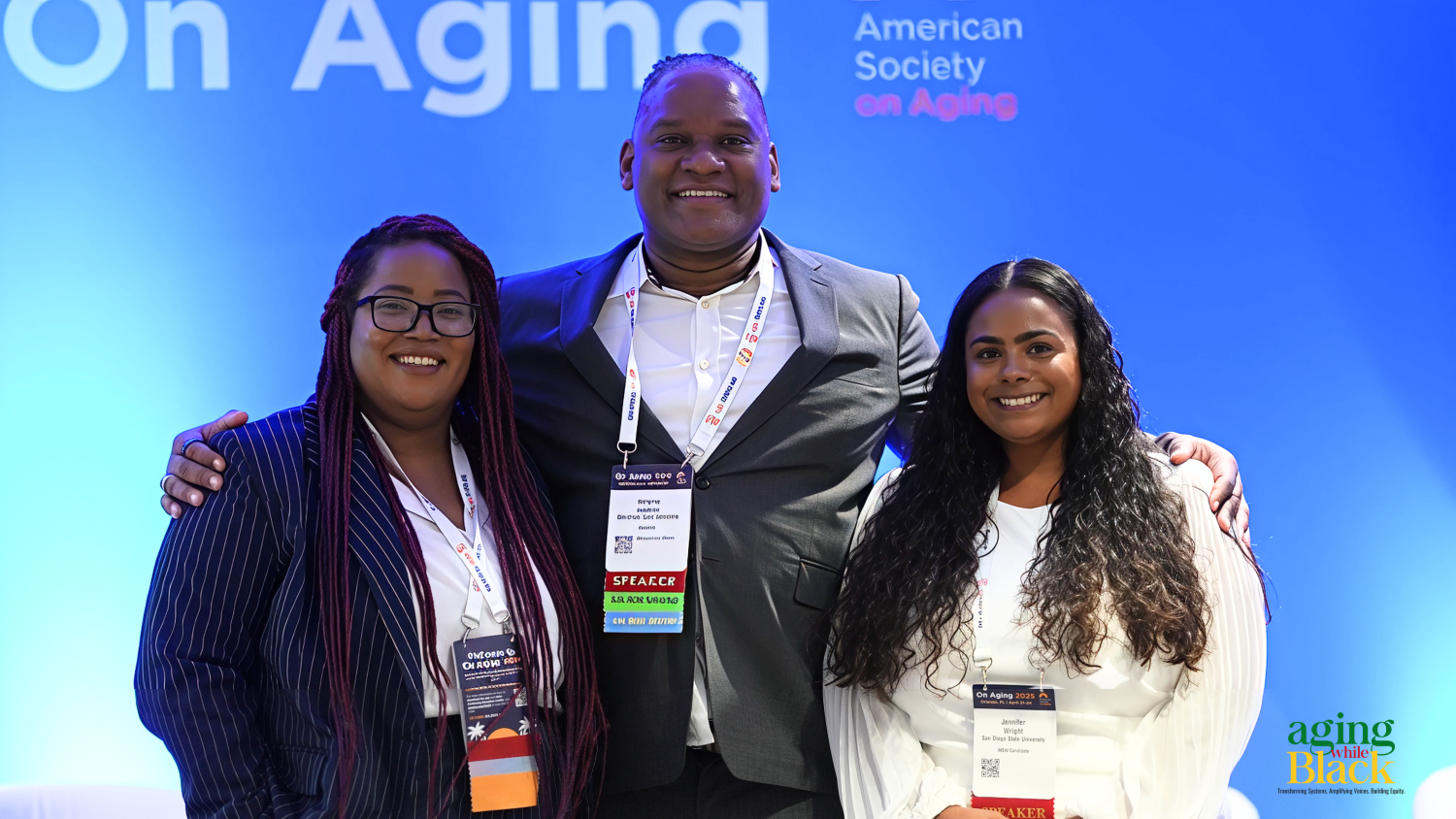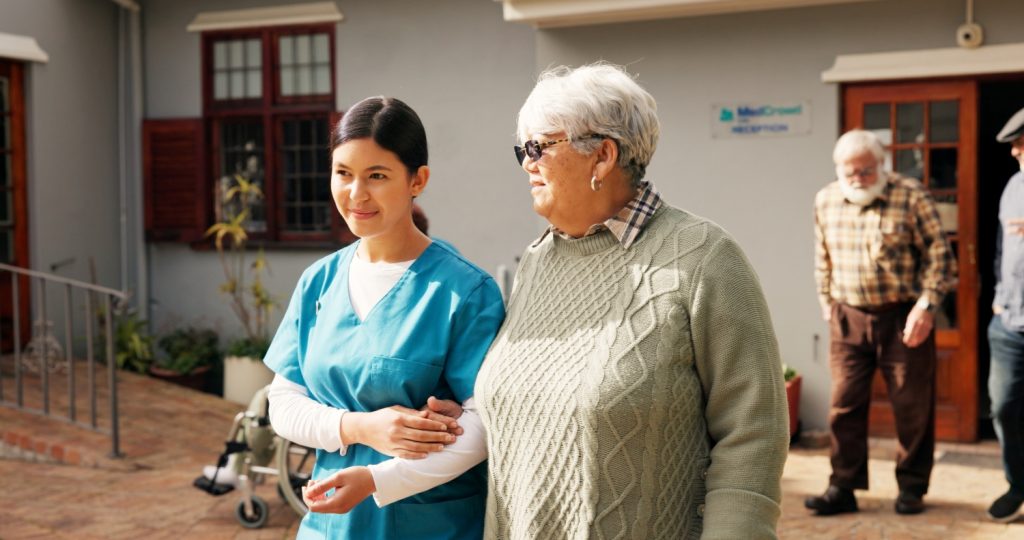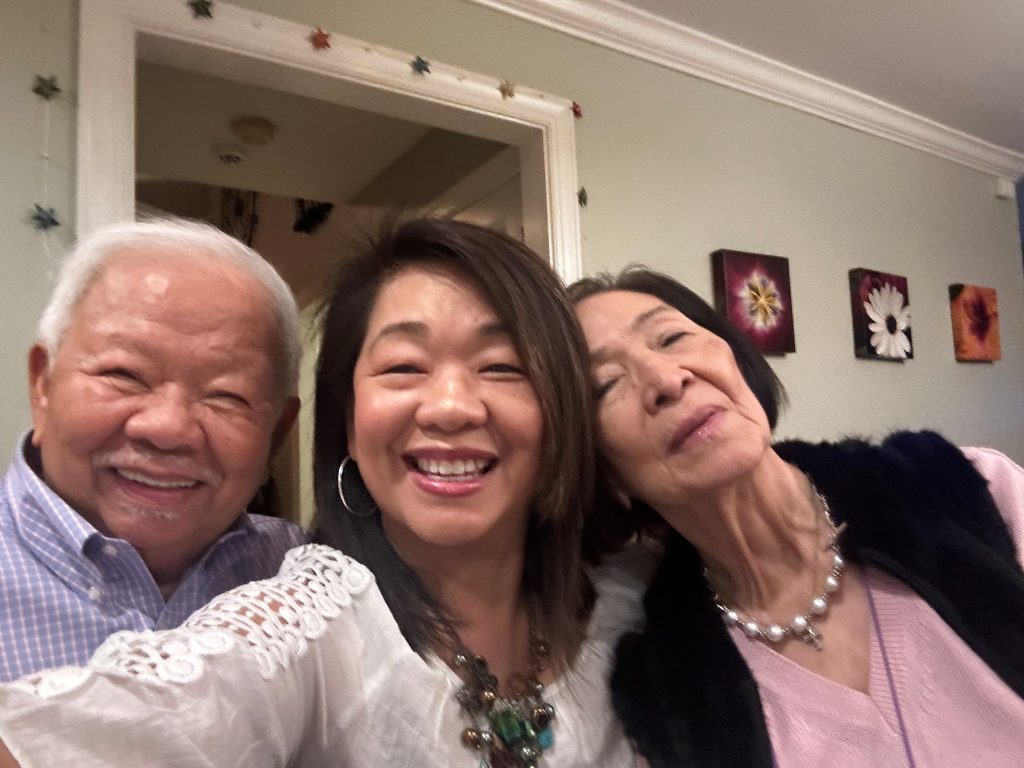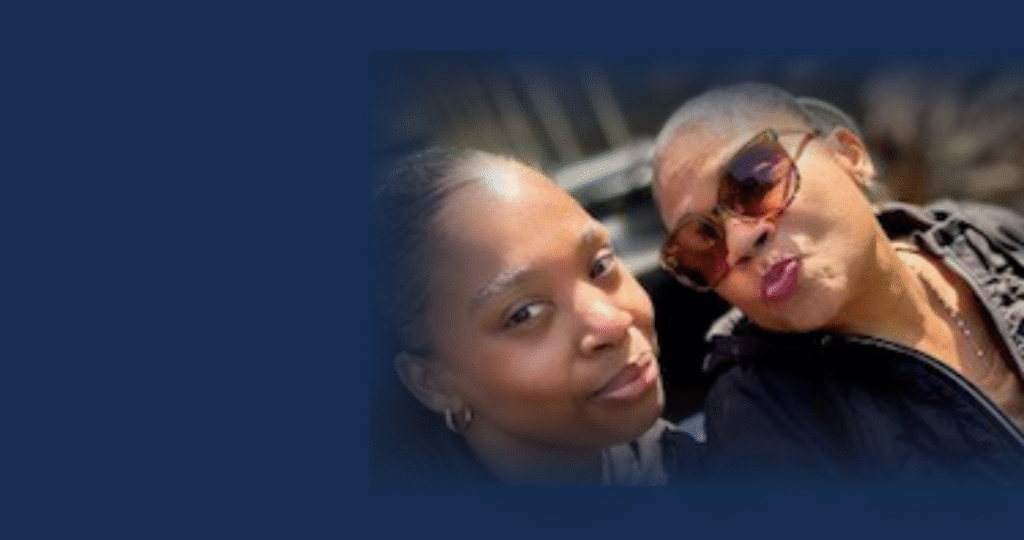Editor’s Note: The John A. Hartford Foundation is collaborating with ASA to advance equity in aging by supporting ASA RISE, a 20-week social justice and leadership program for rising leaders of color in aging, and via the development and dissemination of equity-related, partnership-based thought leadership through ASA’s Generations platform. This blog post is part of that series.
The field of gerontology, though relatively small, wields significant influence, despite often being undervalued in broader academic circles. This specialized discipline has the profound responsibility of addressing the needs of our rapidly aging society, making it critical to cultivate skilled professionals within it. My journey through this field illustrates how exceptional mentorship can fundamentally transform not only individual trajectories but entire communities of scholars and practitioners.
I was incredibly fortunate to study under distinguished gerontology scholars who profoundly shaped my academic and professional path, demonstrating the irreplaceable value of mentorship in fostering personal growth and systemic change.
My introduction to aging studies came through a foundational course at San Diego State University, taught by the late Barbara C. DuBois, PhD, a visionary who possessed the rare ability to see potential where others might overlook it. During my undergraduate commencement, she made a prophetic prediction to my mother and me: a bachelor’s degree would eventually prove insufficient for my aspirations, and I would pursue advanced education.
I distinctly recall dismissing her assertion with youthful conviction, certain my undergraduate studies would suffice. This interaction exemplifies one of mentorship’s most crucial functions—the ability to perceive capabilities and possibilities that mentees cannot yet envision. Dr. DuBois represented the type of mentor who plants seeds of possibility, nurturing confidence while challenging students to reach beyond their perceived limitations.
Mentors should have the ability to perceive capabilities and
possibilities that mentees cannot yet envision.
While Dr. DuBois was an encouraging mentor who emphasized my potential, it was the more reserved yet equally influential E. Percil Stanford, PhD, director of the Gerontology Department, who became the catalyst for my continued education. The guidance of these two formidable scholars ushered me into this dynamic field, each contributing distinct but complementary mentoring styles.
Under Dr. Stanford’s steadfast leadership, the Center on Aging evolved into a robust academic program and generator of scholarly work. His mentorship demonstrated how effective leaders create institutional legacies that extend far beyond individual relationships, establishing frameworks that support countless future scholars.
The importance of mentorship becomes particularly evident when considering how mentors strategically create opportunities for their mentees. Several years later, Dr. Stanford invited me to join the inaugural cohort of the Master of Science in Gerontology program. This invitation represented more than mere academic opportunity—it was an investment in my potential and a demonstration of how mentors actively shape career trajectories.
I approached these studies with openness and receptivity, trusting that the mentors guiding me back to academia had my interests and those of vulnerable populations at heart. This trust, fundamental to effective mentoring relationships, allowed me to embrace challenges and growth opportunities that might otherwise have seemed daunting.
My employer, the County of San Diego, supported my studies, and I received the distinguished AARP Andrus Fellowship, which opened doors to transformative experiences. This fellowship included participation in an intensive summer program led by the late Marta Sotomayor, PhD, founding executive director of the National Hispanic Council on Aging. And it brought together a select group of students who lived at the historic Jurys Hotel (now the Dupont Circle) in Washington, DC, where we engaged with influential figures including the late Rep. John Lewis and Speaker Nancy Pelosi. Our objective was to effect meaningful change by advancing policies addressing inequities in an increasingly older society.
Program organizers demonstrated exceptional attention to detail in their mentorship approach, understanding that effective guidance extends beyond academic instruction to include cultural enrichment and holistic development. They arranged experiences such as attending the national tour production of “Aida” at the renowned Kennedy Center for the Performing Arts, recognizing that well-rounded professionals require exposure to diverse perspectives and experiences. We internalized these lessons not merely because of their content, but also because our mentors invested in us personally, welcomed us into their homes, and provided firm guidance on effectively navigating complex political environments.
Mentors understand that developing competent professionals requires
attention to technical skills and character development.
This comprehensive approach to mentorship highlights its multifaceted nature. Effective mentors don’t simply provide academic guidance; they offer life lessons, professional networking opportunities, and models for ethical leadership. They understand that developing competent professionals requires attention to technical skills and character development.
Upon returning to my graduate program, I had greater confidence and a clearer understanding of practical applications for my academic work. Dr. DuBois served as my thesis chair, rigorously reviewing my manuscript through numerous iterations that warranted recognition beyond a single degree. My inherent perseverance, coupled with the opportunity to demonstrate my capabilities under expert guidance, proved invaluable. This experience illustrates how mentorship provides challenges and support, pushing students toward excellence while offering the scaffolding necessary for success.
Faculty mentorship was transformative and continues to inform my approach with students at the same institution where I completed my academic training. Now supporting the next generation of gerontologists, I have found my professional home and discovered the profound satisfaction that comes from paying forward the investment others made in me. I remain grateful to those pioneers who navigated significant obstacles to create pathways for future scholars.
Recently, I had the great fortune to learn about the newly formed ASA RISE program. Despite initial reluctance due to work obligations, I made a connection with Patrice Dickerson, PhD, and it became clear that under her and Cynthia Bank’s leadership, this would be an opportunity I could not pass up. Participating in this program reinforced what we know from the science: when we provide meaningful opportunities for minoritized communities to flourish, the benefits extend far beyond individual success to strengthen entire fields and communities. ASA serves as a welcoming community for all of us to thrive and embrace diversity.
This understanding drives my commitment to integrating the leadership and mentoring principles that have so profoundly impacted my path toward working with future generations of professionals in aging. Mentorship creates ripple effects that extend across decades and disciplines, transforming not only individual lives but entire fields of study.
In gerontology, where the stakes involve the well-being of our most vulnerable populations, the importance of cultivating exceptional professionals through dedicated mentorship cannot be overstated. The investment made by my mentors continues to generate returns through every student I guide, every policy I influence, and every contribution I make to advancing our understanding of aging in society.
Norman Jackson, PhD, is the Undergraduate Gerontology Program Coordinator in the School of Social Work at San Diego State University.
Photo caption: Author and ASA RISE alum Norman Jackson, center, with his students Jasmine Barton, to his right, and Jennifer Wright, to his left.
Photo credit: Aging While Black













